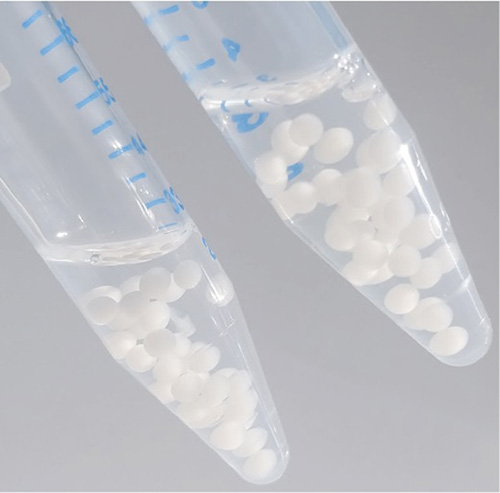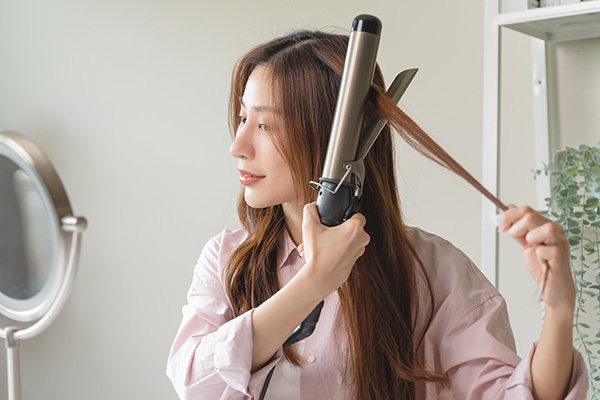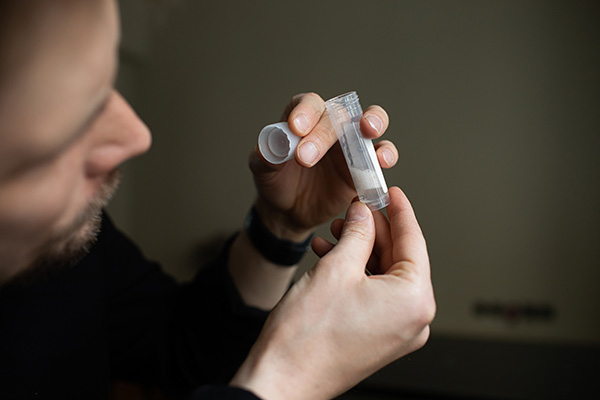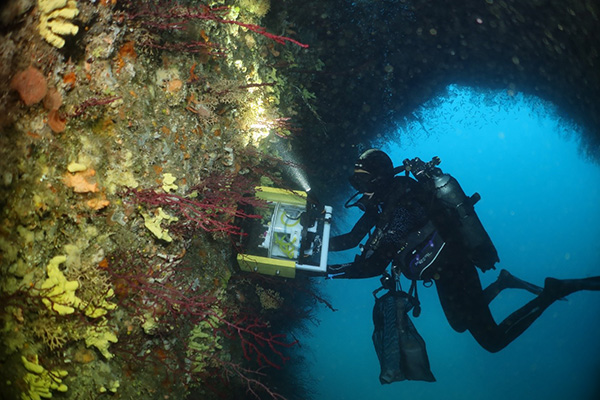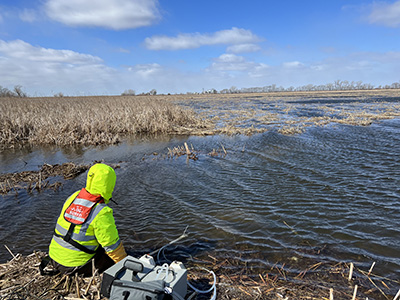FOR IMMEDIATE RELEASE
“On-Demand Opioid Effect Reversal with an Injectable Light-Triggered Polymer-Naloxone Conjugate”
Nano Letters
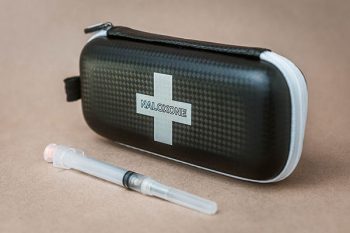
By rapidly reversing the effects of an opioid overdose, naloxone saves lives ― if it’s available at the right time. To eliminate this element of chance, researchers are exploring ways to have the medication available in the body before it’s needed. In a proof-of-concept in ACS’ Nano Letters, a team has designed injectable nanoparticles that released naloxone when triggered by blue light. In experiments with mice, this system was activated a month after injection.
Since it began more than two decades ago, the opioid epidemic has taken an enormous toll on people’s lives. In 2022 alone, the U.S. Centers for Disease Control estimates that approximately 80,000 people died of overdoses involving opioids. This class of drugs, which includes both naturally derived and synthetic compounds, binds to specific receptors in the brain, suppressing breathing when taken in large quantities. Naloxone blocks the effects of opioids by binding to the same receptors. Currently, the medication is delivered as an injection or a nasal spray that needs to be taken as soon as possible after an overdose. Building on research into ways to control the timing of medication delivery, Daniel Kohane and colleagues sought to develop a nanoparticle-based system that healthcare providers could inject under the skin of someone with opioid use disorder to deliver naloxone, should that person require the medication.
Kohane’s team created the nanoparticles by attaching molecules of naloxone to a polymer considered safe for humans, rendering the medication temporarily inert. The connection between naloxone and the polymer was made with a light-sensitive molecule known as coumarin. Light with a wavelength of 400 nanometers, which the human eye perceives as blue, detached coumarin from the naloxone, which allowed it to freely move to receptors and block the effect of opioids. The intensity of blue light required to split the chemical bond makes it unlikely for sunlight or ambient indoor light to accidentally trigger the system, the researchers say.
After injecting mice with the nanoparticles and the opioid morphine, the researchers found they could reverse the morphine’s effects by exposing the skin at the injection site to a blue LED light for two minutes. The team also succeeded in releasing naloxone from the same place on mice three times over 10 days. Although its effectiveness declined somewhat, the system continued to counteract morphine up to a month after injection. With further development, that timeline could be extended, according to the researchers. They also note that the blue LED needed to release the naloxone could be incorporated into a bracelet and possibly even worn over the injection site to make treatment as efficient as possible.
The authors acknowledge funding from the National Institutes of Health (National Institute of General Medical Sciences) and the CHMC Anesthesia Foundation, Inc.
###
The American Chemical Society (ACS) is a nonprofit organization chartered by the U.S. Congress. ACS’ mission is to advance the broader chemistry enterprise and its practitioners for the benefit of Earth and all its people. The Society is a global leader in promoting excellence in science education and providing access to chemistry-related information and research through its multiple research solutions, peer-reviewed journals, scientific conferences, eBooks and weekly news periodical Chemical & Engineering News. ACS journals are among the most cited, most trusted and most read within the scientific literature; however, ACS itself does not conduct chemical research. As a leader in scientific information solutions, its CAS division partners with global innovators to accelerate breakthroughs by curating, connecting and analyzing the world’s scientific knowledge. ACS’ main offices are in Washington, D.C., and Columbus, Ohio.
To automatically receive press releases from the American Chemical Society, contact newsroom@acs.org.
Note: ACS does not conduct research, but publishes and publicizes peer-reviewed scientific studies.

